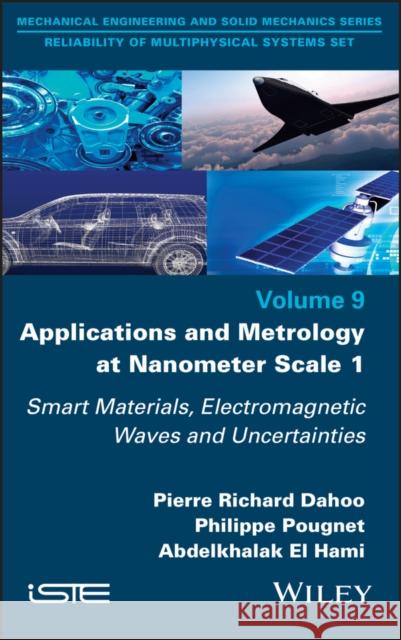Applications and Metrology at Nanometer Scale 1: Smart Materials, Electromagnetic Waves and Uncertainties » książka
topmenu
Applications and Metrology at Nanometer Scale 1: Smart Materials, Electromagnetic Waves and Uncertainties
ISBN-13: 9781786306401 / Angielski / Twarda / 2021 / 256 str.
Applications and Metrology at Nanometer Scale 1: Smart Materials, Electromagnetic Waves and Uncertainties
ISBN-13: 9781786306401 / Angielski / Twarda / 2021 / 256 str.
cena 703,96
(netto: 670,44 VAT: 5%)
Najniższa cena z 30 dni: 701,06
(netto: 670,44 VAT: 5%)
Najniższa cena z 30 dni: 701,06
Termin realizacji zamówienia:
ok. 30 dni roboczych
Bez gwarancji dostawy przed świętami
ok. 30 dni roboczych
Bez gwarancji dostawy przed świętami
Darmowa dostawa!
Kategorie BISAC:
Wydawca:
Wiley-Iste
Język:
Angielski
ISBN-13:
9781786306401
Rok wydania:
2021
Ilość stron:
256
Waga:
0.52 kg
Wymiary:
23.39 x 15.6 x 1.6
Oprawa:
Twarda
Wolumenów:
01











